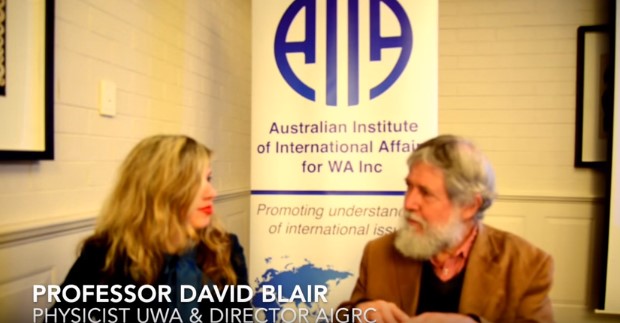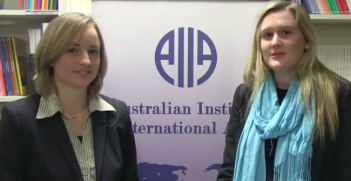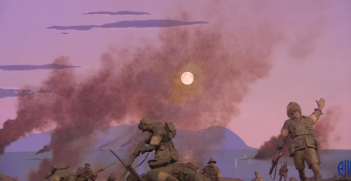Gravitational Waves: A Model of Global Collaboration

The world’s first gravitational wave signal, announced on 12 February 2016, put science at the forefront of global affairs for a brief period and won the 1000-strong team of physicists the world’s richest science prize. By necessity, the 40-year-old project was a truly international effort bringing together 1000 researchers from around the world, including 21 West Australians. It’s a model applied to more and more modern science challenges.
Since then, a second signal has allowed us to predict what we will hear when new detectors are tuned up and a detector is built in Australia. It means that soon we may be able to hear the symphony of the universe. Over a continuous background of deep bass notes, there will be crescendos that mark the self-annihilation of black hole pairs when they merge together to leave behind a single giant black hole. By analysing the symphony we will be able to answer the big questions: How many black holes are out there? Where did they come from? How much of the universe has already been swallowed up in black holes? What is the future for the universe?
AIIA’s Flavia Zimmermann spoke to Director of the Australian International Gravitational Research Centre, Professor David Blair—one of the 21 WA physicists involved in the project—about the discovery, the global collaboration that made it possible and the point where science intersects with international affairs.
The interview was recorded ahead of his presentation titled “The discovery of gravitational waves: A model for international collaboration in science”at the AIIA WA on 26 July 2016.
Interviewed by: Flavia Zimmermann
Filmed and edited by: Nancye Miles-Tweedie





